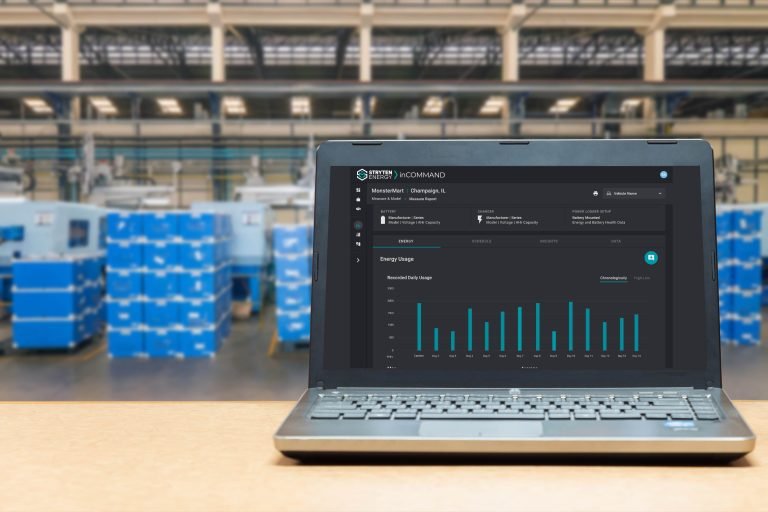
Motive power studies are trending these days, and for good reason. With all of the new motive power solutions available, you need to understand your fleet’s energy profile before deciding which technology is right for you. Whether you’re considering lead or lithium-ion batteries, opportunity or fast charging, your fleet’s data will allow you to make fact-based decisions.
A motive power study is a sample of fleet data taken over a few weeks with the emphasis on energy usage and time to charge. With this information, motive power professionals are able to optimize the battery and charger solutions for your industrial electric fleet. But for a thorough power study, other factors that can impact the motive power system design need to be taken into consideration.
Battery health metrics can tell us a lot about a client’s operation. If the batteries have been maintained properly, but are performing poorly, we will need to look deeper. Is the issue due to an undersized system? For example, is opportunity charging being used when fast charging was needed? Were the energy requirements inappropriate for the battery technology? With trucks at distribution centers running harder and lifting higher, we see batteries being taxed to deliver higher instantaneous currents than ever. Lead batteries are capable of delivering up to 50% of their capacity (e.g., a 1000 ampere-hour battery delivering 500 amps), but if they consistently show peak usage above this, their lifetimes will be cut short. In this case, the appropriate solution might be an advanced lead battery or even lithium.
A motive power study should also include an audit of the client’s facility. To determine operational readiness for the range of new motive power solutions, we need to understand the facility’s power availability, environment and wireless network accessibility.
Power availability is critical to know before we design charging solutions. With lithium batteries able to accept charge rates twice that of lead, power hookup requirements for chargers can double. Before designing such a system, we need to know that the facility has sufficient power available to support it.
Our batteries and chargers are designed to work in a wide range of environments, but knowing the ambient temperature range and potential exposure to water or caustic materials is helpful. For example, if a facility sprays down their equipment regularly, we would make sure to specify a waterproof charger.
For customers that want wireless data monitoring, we need to ensure that we can set up a wifi or cellular gateway in their facility to send data to the cloud. While usually not an issue, it is good to review this with a company’s IT department before designing a system.
Stryten Energy performs motive power studies for their clients that summarize all of this information in an easy to understand report.

Leading the way to renewed and renewable energy.
Copyright 2024 Stryten Energy. All rights reserved.